Langley Mead is free and publically accessible; available for public enjoyment, recreation, and education. Dog walkers are also welcome at Langley Mead. Circular walks and dog waste bins have been provided to help responsible dog walkers enjoy their visit.
Things to do at Langley Mead
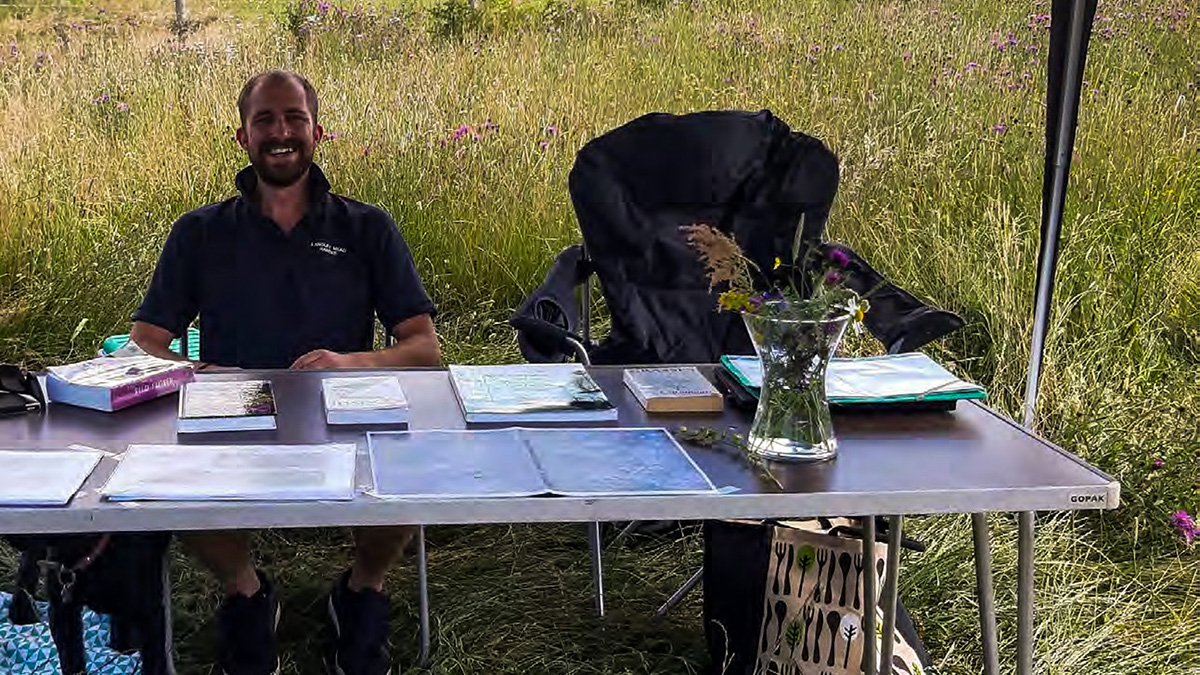
Public educational events
Public educational events are organised from time to time at Langley Mead.
If you would like to attend one of these events, or would be interested in arranging a special educational event for a local school, volunteer or community group, please contact us.
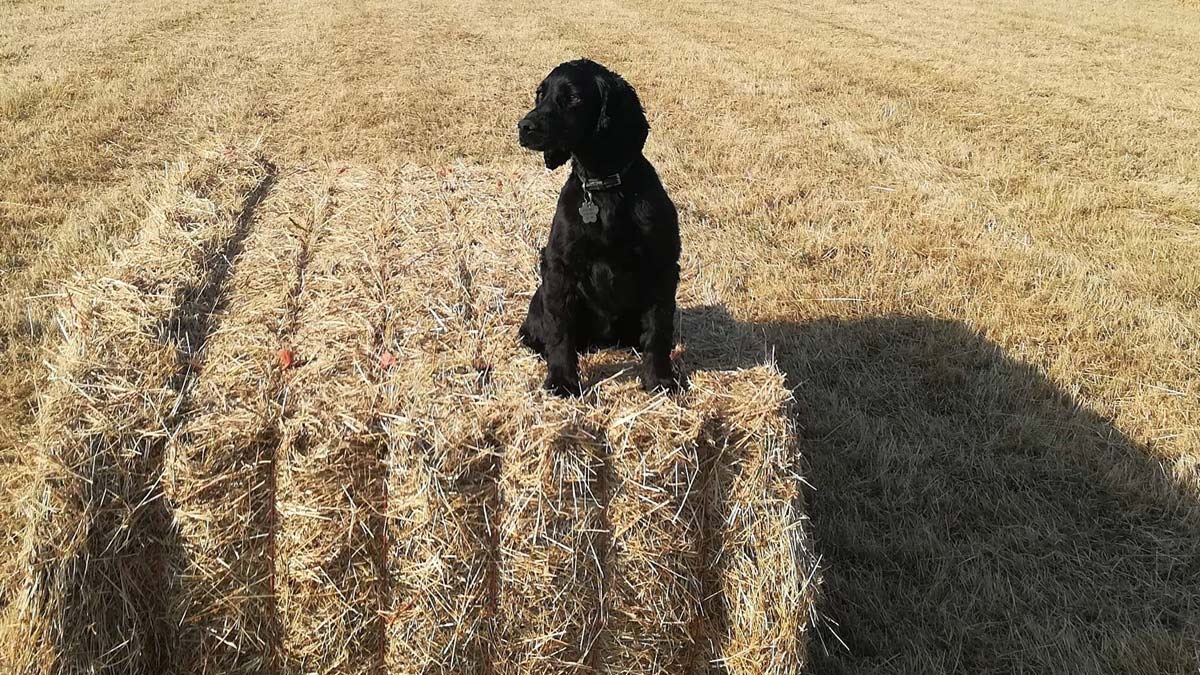
Activities
Visitors and dogs are very welcome at Langley Mead at all times of the year. You are also welcome to let your dog off the lead, and there are no restrictions to this.
Please be aware, Langley Mead is grazed seasonally by a small herd of traditional breed beef cattle (without calves), as this is essential to the maintenance of the conditions needed for wildlife and biodiversity, and the promotion of an attractive naturalistic environment.
What to keep an eye out for when visiting
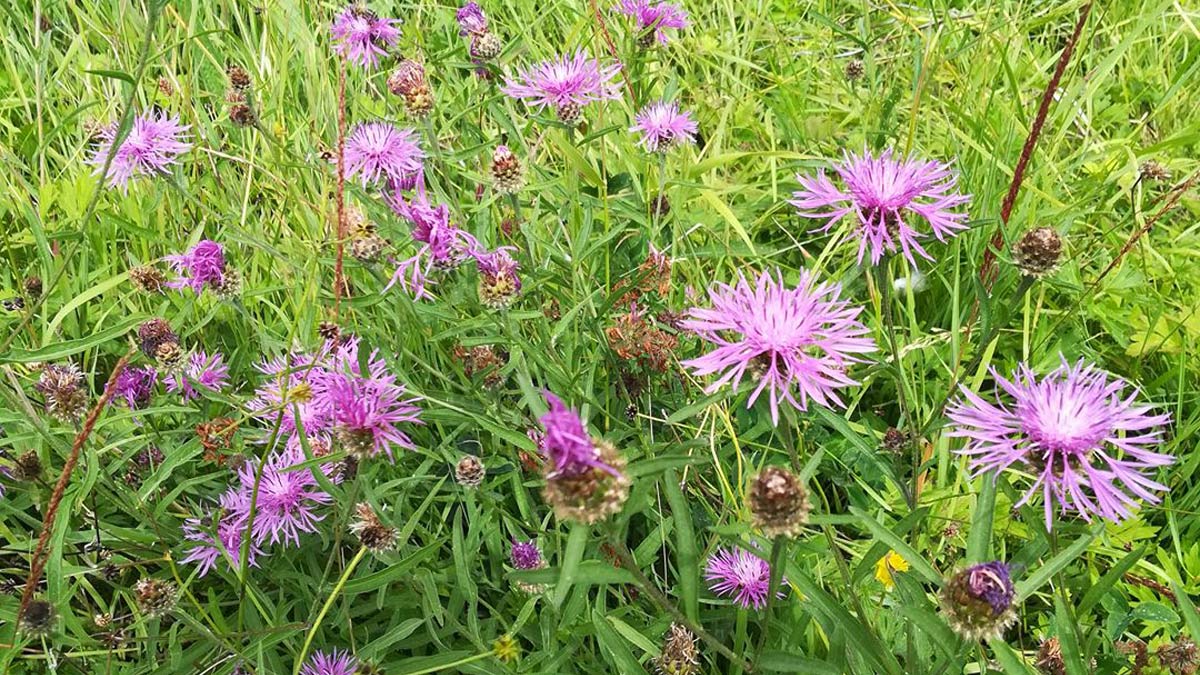
Wildflowers
Look out for wildflowers like Ragged Robin, Great Burnet, Bird’s Foot Trefoil and Yellow Rattle as you explore. Ragged Robin and Great Burnet prefer wetter areas, and Yellow Rattle is an important species that parasitises grass and keeps its growth in check; allowing other species a chance to compete and become established. In time, less common species like wild orchids may even return to Langley Mead.
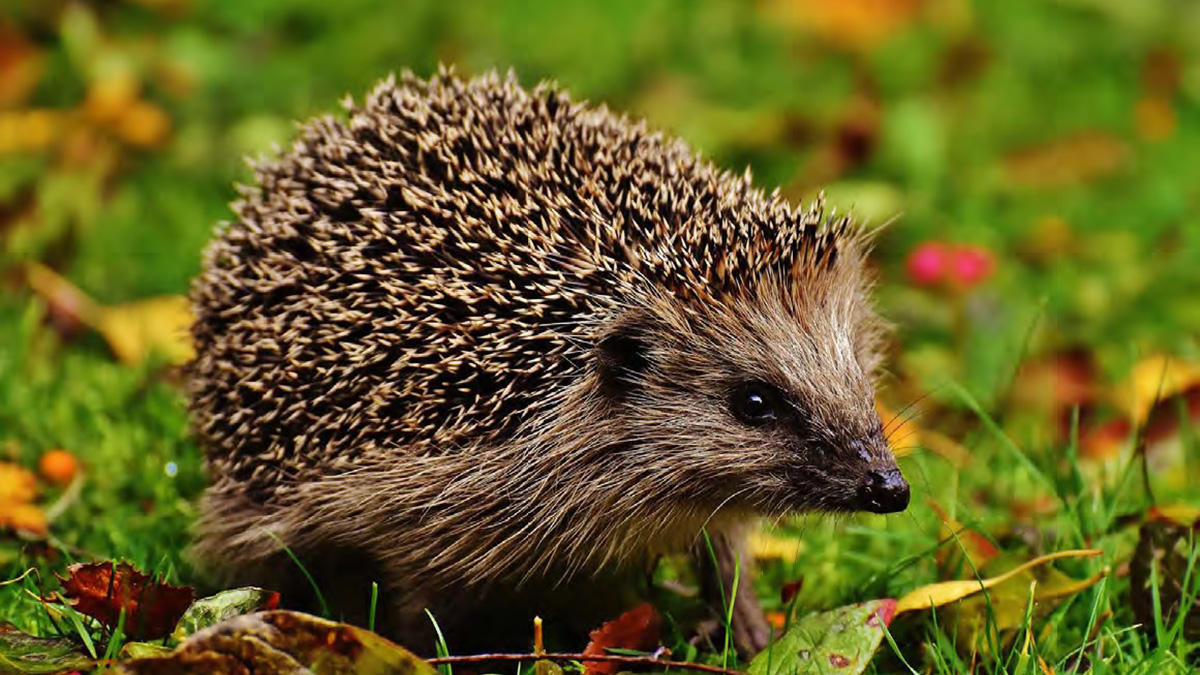
Wild animals
In spring, keep an eye out for hedgerow birds such as yellowhammer and linnet. Closer to the river in spring and summer, you can see the beautiful iridescent blue of banded demoiselle damselflies, and if you walk quietly and visit in the early morning, you may even catch a glimpse of elusive species like kingfishers, hedgehogs, deer or even grass snakes basking near ditches in the early morning sun.
Birds of prey such as kestrels and red kites also use these habitats, and if you are quiet and still and keep your distance, you may even be lucky enough to glimpse a barn owl hunting at dusk.
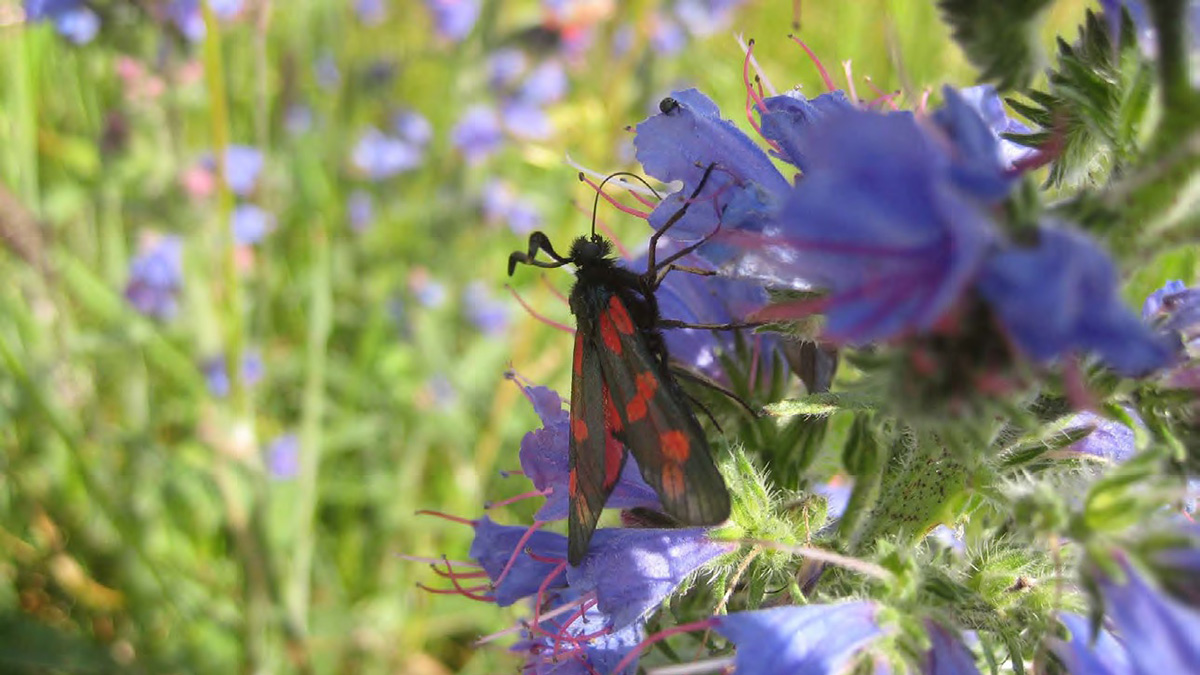
Invertebrates
Through summer, the grass will be getting tall, flowers will be blooming and then starting to set seed, and it will soon be time for the traditional hay cut. At this time, there will be an abundance of invertebrates to be seen in the meadows including colourful day-flying moths, grasshoppers and crickets; the latter providing musical accompaniment!
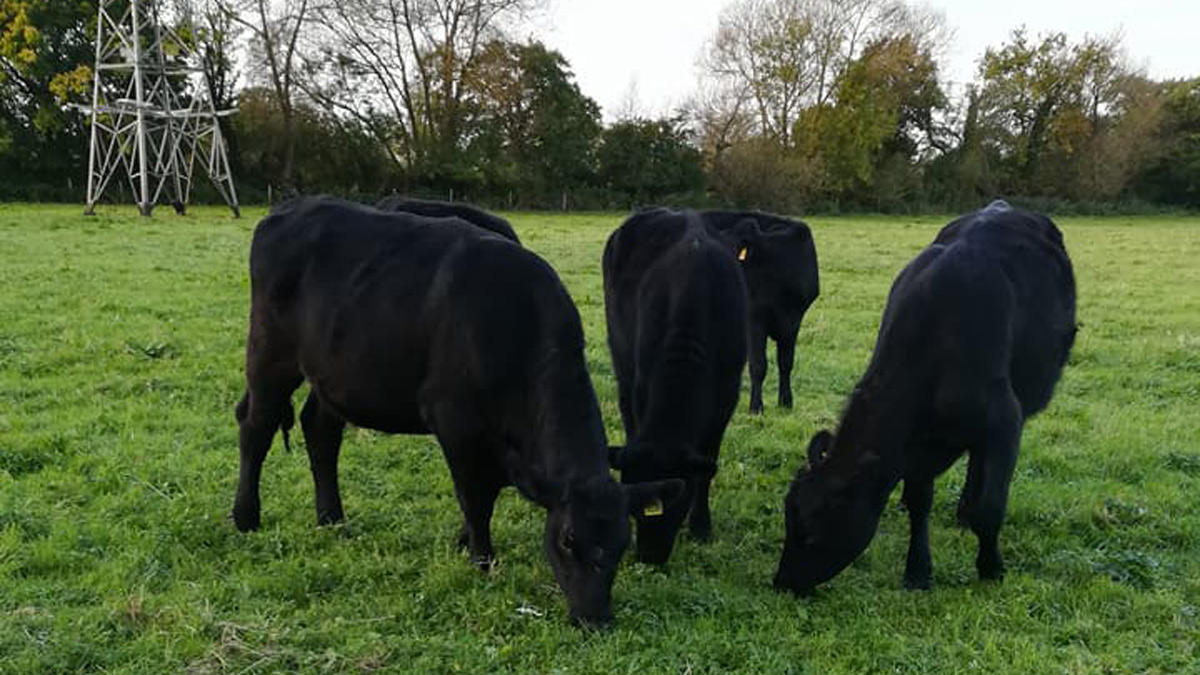
Cattle
Staying safe around cattle
Keep this information in mind when you are near cattle.
- Do not try to feed the cattle.
- Do not chase the cattle.
- If you have a dog with you, try to avoid walking through cattle if possible. Dogs will be familiar to the cattle at Langley Mead, but they will be more wary of dogs than of people – find an alternative route (there will only be a small number of cattle on site at any one time) or wait for them to move on, and do not allow your dog to chase or worry the cattle.
- If you need to walk through cattle, avoid startling them by letting them know that you are there by talking to them gently. Only proceed once they have seen you, stay within their sight, and walk through the group quickly but calmly.
- Give cattle a chance to move out of the way before proceeding – particularly if they get up when you approach.
- Cattle are naturally inquisitive – if they approach you to investigate, do not panic and run away, as they may run to keep up with you – they will normally stay at a safe distance if you keep eye contact and remain calm.
- If you feel threatened, be confident but do not try to appear aggressive. Raise your voice (but do not shout), and hold your arms out to the sides to make yourself look bigger. Do not attempt to frighten the cattle away, otherwise they may panic.
- If you are with a dog and cattle chase you, it is safer to let go of your dog’s lead and let it run away. Dogs are usually much faster and better able to escape than people. Do not put yourself at risk trying to protect your dog.
- If you see anyone interfering with cattle, or an animal that looks unwell, please inform the ranger by calling the freephone number 0800 028 5485.
Site rules
To keep the site in good condition and to ensure that everyone has a safe and enjoyable visit, we ask that you please observe the following health and safety pointers and site rules:
- The timber boardwalk may become slippery in wet conditions – please take care.
- Please follow the countryside code.
- Please do not drop litter.
- Please clean up after your dog – dog waste bins have been provided for your convenience at the main car park and at the entrance from Millworth Lane.
- Motorised vehicles, camping, barbeques and fires are prohibited.
- Fly tipping is illegal. Offenders will be prosecuted to the full extent of the law.
- Please note that direct access to the River itself is not permitted.
- Please park your car sensibly and securely, and do not leave valuables on display. The site owner and manager can accept no responsibility for theft or damage.